Now it has become incredibly fashionable to watch films by Kubrick, Nolan, or Lynch. But, unfortunately, many do not understand at all what their meaning is. And It happened to me many times.
I remember agonizing for many days after the end of Shutter Island, Inception’s twisted story, or The Young Pope’s philosophical musings. The more I read about different directorial techniques, the more confused I became about who is who.
And today, I gathered 15 directors with distinct styles to make it simpler and more fun to watch their movies.
Filmmakers with distinct visual styles.

Stanley Kubrick.
If you are watching a film with a crazy plot and classical music playing in the background, this is Stanley Kubrick! Movies by Stanley Kubrick are challenging to manage. And they leave behind a variety of emotions.
This director has some exciting features. Perhaps Kubrick’s most recognizable technique is one-point perspective and frame symmetry. It looks great and creates the necessary atmosphere of anxiety.
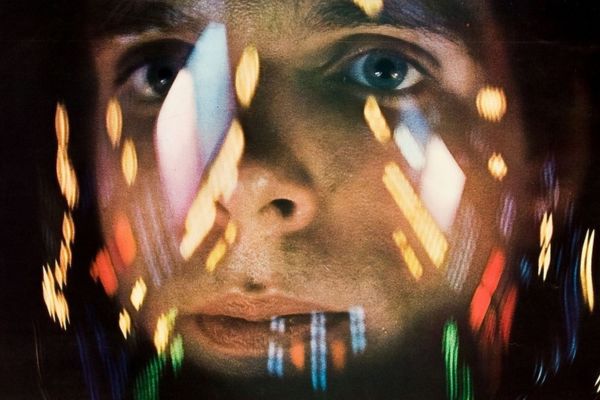
Kubrick also likes to use close-ups of faces, often with his characters looking straight at the camera. This technique adds tension to the frame.
And in almost any film, you will see how the hero cuts bread monotonously to an exciting soundtrack.
When you gather your strength, I recommend watching: A Clockwork Orange, The Shining, A Space Odyssey, Dr. Strangelove, Barry Lyndon, and Full Metal Jacket (a fantastic title!)
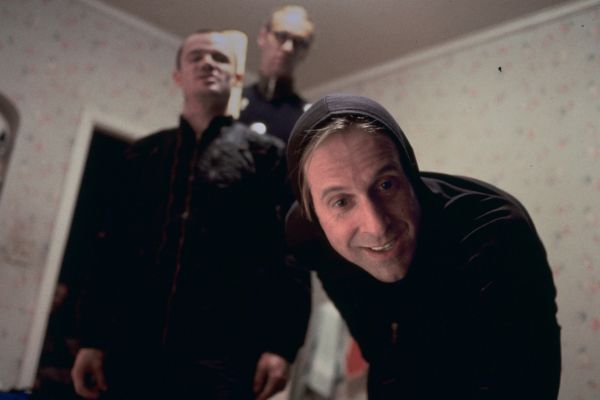
Coen Brothers.
If the main character is a hopeless hippie and slacker who gets into the stupidest situations and acts like a complete idiot, then you are watching a movie by the Coen brothers. However, the film’s finale should dispel all doubts, and the idler will become a successful businessman.
Not for the faint of heart, but in any film, you will definitely see brutal, bloody dismemberment against the backdrop of nature.
The Coen brothers also have favorite visual techniques. Firstly, this is an unbanal view of the camera and unusual angles. So, for example, we can watch what is happening both through the eyes of a child and from the inside of a bowling ball in the movie The Big Lebowski.

The directors also fell in love with the already familiar “Spielberg face” technique: the camera approaches the character as closely as possible and tries to capture the whole gamut of emotions, and they go off the scale in the pictures of the Coen brothers.
I recommend watching the comedy Raising Arizona, Barton Fink, the absolute masterpiece Fargo, The Tragedy of Macbeth, and the film journey O Brother, Where Art Thou?

Wes Anderson.
If you have seen the tape of this filmmaker, you won’t confuse him with anyone else. So what is unique about it?
Anderson’s films are symmetrical: objects or characters are strictly in the center in almost every frame. The frame is so balanced that sometimes it seems that the characters will now begin to move synchronously. At the same time, the camera is almost always fixed motionless; if it moves, it follows the hero’s movement in the frame.
Another high point I wanted to highlight in Anderson’s shooting style is his love of top views.

Also, he always adheres to a carefully selected color scheme, making each frame fabulous. Everything is thought out here – from the characters’ clothes to the entire entourage, in the most detailed details.
If you liked The Grand Budapest Hotel, watch The Life Aquatic with Steve Zissou, Fantastic Mr. Fox, Moonrise Kingdom, and The Royal Tenenbaums.
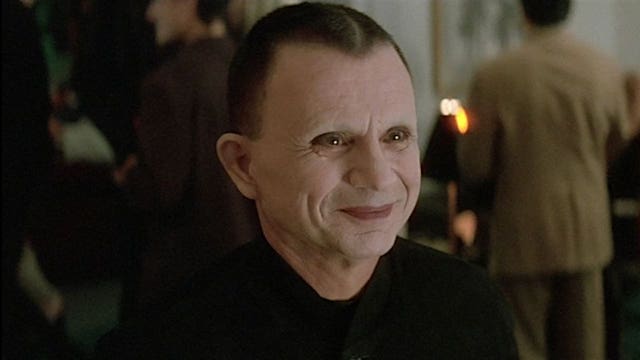
David Lynch.
If you see a severed ear in the film or dwarfs in red velvet, this is David Lynch.
Lynch is fond of using red and blue in his movies, giving the scene a touch of madness. The red curtain has also long been a signature Lynchian technique: you can see it in Twin Peaks and Blue Velvet.
Lynch is also a master of mysticism and symbolism that often baffle viewers. A horse may appear in the frame, or you will be offered to watch the dialogue of people dressed as rabbits.
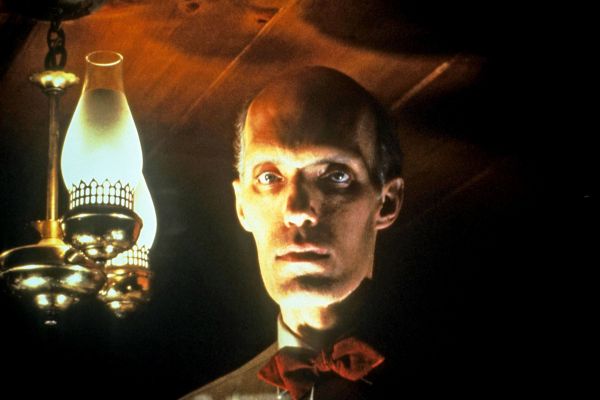
In addition, Lynch’s universe is filled with extraordinary, colorful, or simply frightening characters. The director invites people with unusual appearances or resorts to the help of complex makeup. It contrasts well with the heroes who have an impeccable Hollywood appearance, who, however, hide frightening and repulsive secrets.
Cult films: The Elephant Man, Twin Peaks, Lost Highway.

Quentin Tarantino.
If someone looks at you from the trunk, you are watching a Quentin Tarantino movie.
Have you noticed that Tarantino’s films are crammed with absurd dialogues that inevitably end in merciless fights? And then, a blond beauty with bare feet or a black man covered in blood appears. There is not just a lot of blood in his pictures. It fills the entire screen and is about to splatter your clothes.
There are no or almost no positive characters in this director’s films. Films are about antiheroes. But he reveals them so skillfully that it does not seem to us at all that these heroes are “scum,” with each subsequent minute of the film, we begin to empathize with them.
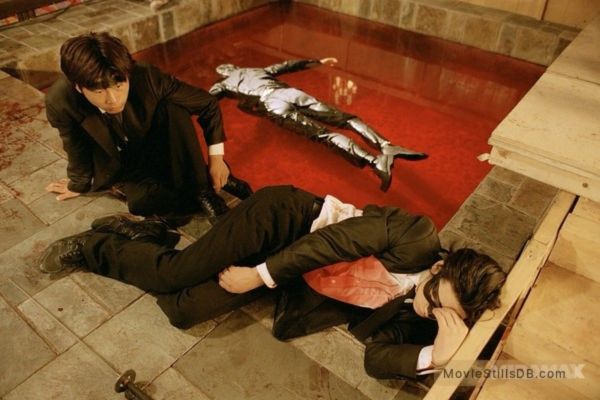
Tarantino is a genius screenwriter – long dialogues are saturated with humor and irony, and sometimes the whole point of the film is built on them.
Cult Movies: Pulp Fiction, Kill Bill, Once Upon a Time in Hollywood, Inglorious Basterds, Django Unchained, The Hateful Eight, From Dusk Till Dawn
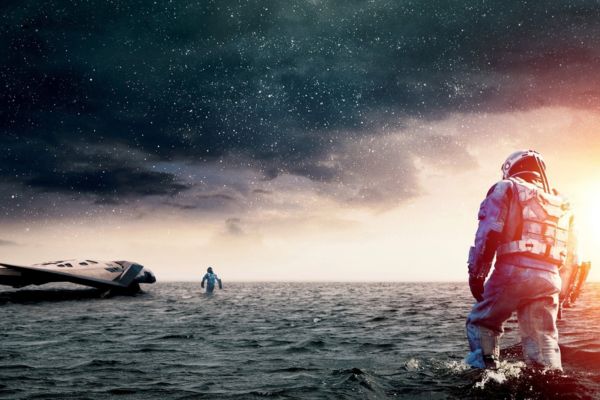
Christopher Nolan.
I think Nolan is one of the most challenging directors of our time. To understand his films the first time, you must observe them carefully, although this may not help.
In many of Nolan’s films, the chronological chain is completely broken. Events can take place backward and be interrupted by numerous flashbacks and flashforwards. It is especially noticeable in the films Inception and Tenet.
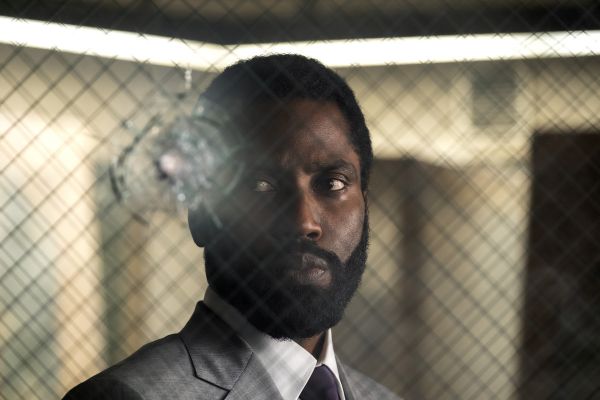
In the digital age, Christopher Nolan keeps filming as realistic as possible. The director uses special effects only in extreme cases. In addition, Nolan shoots a lot on location and sometimes rebuilds scenery that would seem impossible to create. So, the famous “Batpod” from The Dark Knight was built in full size, and the alien episodes and the scene with a giant wave in Interstellar were filmed in Iceland.
So if you have three hours left to break your head over the film, watch: Tenet, Inception, Interstellar, The Dark Knight, The Prestige.
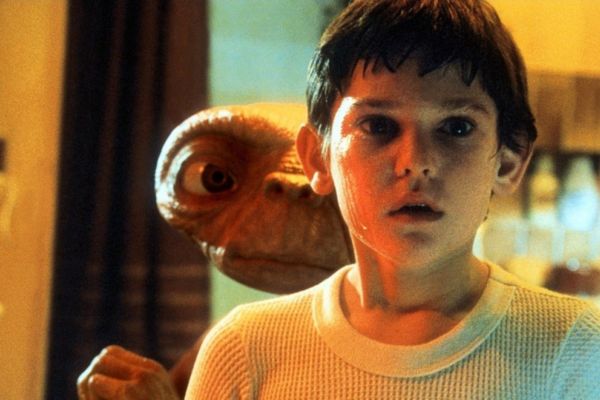
Steven Spielberg.
If you’re looking for quality entertainment cinema, there’s no better option than Spielberg. You will get a pleasant and exciting virtual journey to other worlds.
One of Spielberg’s well-known tricks was the maximum close-up of the face: usually, at this moment, the hero is surprised or frightened by something, and the camera slowly approaches his face. This technique became known as the “Spielberg Face.” But, of course, Spielberg is far from the first and not the last director to use this trick in his films.

Another technique typical of Spielberg is playing with reflections. They can appear anywhere: in mirrors, car windows, shop windows, or on any reflective surfaces. Thanks to this feature, we get to see the character, the object that interested him, and his reaction in one frame, which means we better understand the hero and his feelings.
Also, Spielberg loves to marry reality and fiction in his pictures. So you can see fantasy creatures in our everyday life. Also, thanks to Spielberg, dinosaurs have firmly taken their place in modern cinema.
Well, and most importantly, in his films, there is always an exciting and understandable story for the viewer because Spielberg makes films for us.
Must-see films are Shindlers List, West Side Story, Jaws, Saving Private Ryan, E.T.
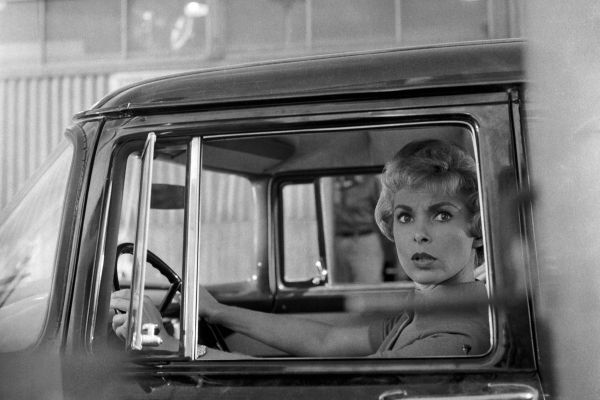
Alfred Hitchcock.
If, while watching, you remember all your childhood fears and alarming violin sounds all the time behind the scene, then this is Alfred Hitchcock. In any film, you will definitely see a man in a hat that brings chilling horror.
Hitchcock knew how to pump up the atmosphere in the frame skillfully. Seemingly ordinary objects helped him in this; only the circumstances were mysterious or frightening. For example, stockings in films disappear, become evidence, or even a murder weapon.

Birds occupy a special place in Hitchcock’s universe. The picture of the same name is considered almost the director’s best work. Birds act as a power beyond human control, which is almost impossible to tame.
Hitchcock loved to shoot women in his films. There was even a separate term for them – “Hitchcock blonde.” The director usually invited blondes with Nordic beauty, calm on the outside but determined and courageous heroines in reality. The director’s favorite was Grace Kelly. Unfortunately, after the actress married the Prince of Monaco, she had to end her acting career.
Psycho is perhaps the most famous thriller in cinema history.
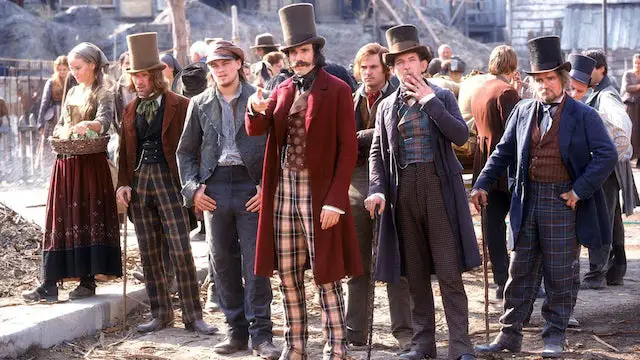
Martin Scorsese.
If you like a villain in a movie, you are definitely watching one of Scorsese’s features. He creates magic around bad-boy images. Scorsese also has his “favorites”: he prefers to work with Robert De Niro and Leonardo DiCaprio.
The music in his films is also often iconic. For example, the song “Gimme Shelter” by The Rolling Stones, featured in Goodfellas, Casino, and The Departed, has become an “unofficial mob anthem” in movies.
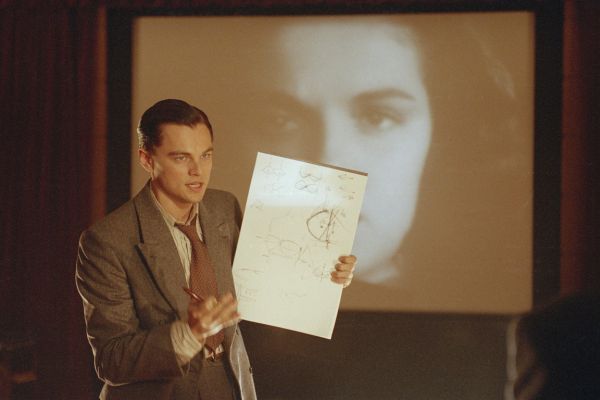
And, of course, his great trick is shooting in one shot. Watch the movie The Goodfellas, which has this “long shot” effect: the camera continuously follows the characters from the street, down into the basement with them, and through the kitchen into the main room.
My favorite Scorsese films are Goodfellas, Gangs of New York, The Aviator, Shutter Island, and The Departed.
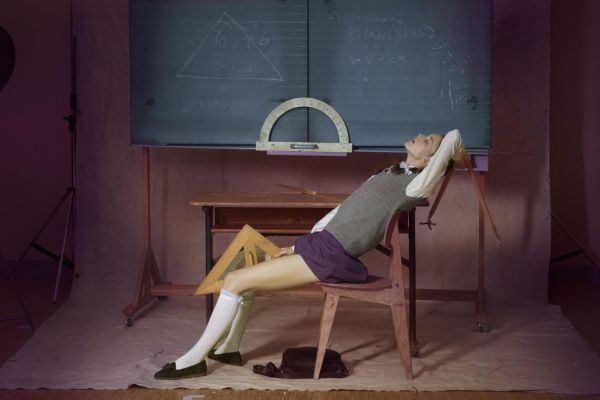
Lars von Trier.
In any film by Lars von Trier, you will see a hero lying naked and talking about the meaning of life.
His pictures evoke conflicting feelings. You cant watch Trier`s movies just for fun. Therefore, it is difficult to suggest them – they evoke their sensations in each viewer.
So what is attractive about Trier’s films, and why are they worth watching?
One of the director’s favorite topics is the study of the dark nature of man. It can manifest through human relationships, such as in Dogville, Manderlay, and Antichrist, and self-destruction, such as Melancholia and Nymphomaniac. Pay attention to the fact that the bearer of evil, as a rule, becomes a woman who is connected with the destructive forces of nature. In many works, it is felt that the female essence frightens the director and seems very gloomy to him.
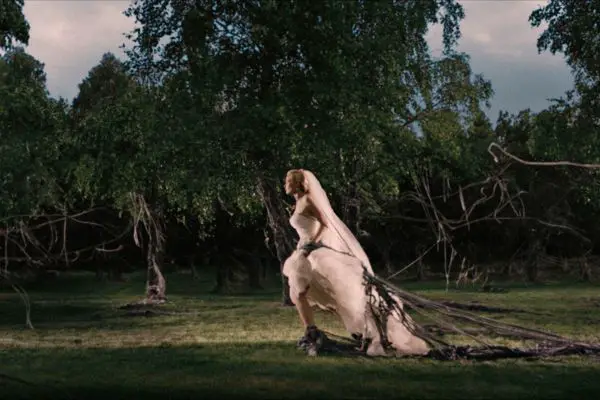
But it’s not only the audience that has strong feelings about the vastness of his films. In addition, von Trier treats the actors quite harshly. So, in the film Epidemic, the main character had to pronounce his monologue, standing up to his neck in ice water, because the director wanted to achieve the desired sound of his voice. And in the picture, Antichrist Willem Dafoe cried for nine takes simply because Lars was not happy with the resulting material.
In Trier’s films, one can often find elements of hypnosis. To do this, the director uses two methods. Firstly, he loves slow motion, which enhances the hypnotic nature of the video sequence. Secondly, the effect of hypnosis or dreams is achieved with the help of a voiceover. This voice talks to the audience so that they can draw a connection between themselves and the main character.
And of course Mars von Trier has a passion for trilogies.
I recommend you to watch Melancholia, Dogville, and Nymphomaniac.

Tim Burton.
If the film is shot mainly in dark colors and more like a freak show, surrounded by a gothic atmosphere, this is Tim Burton. Oddly enough, the afterlife and fictional characters are very charming. In any movie, you will see Johnny Depp.
Tim Burton is a fan of fantasy stories. However, his works immerse the viewer in a fairy tale and appeal more to reason than the desire to show an entertainment movie.
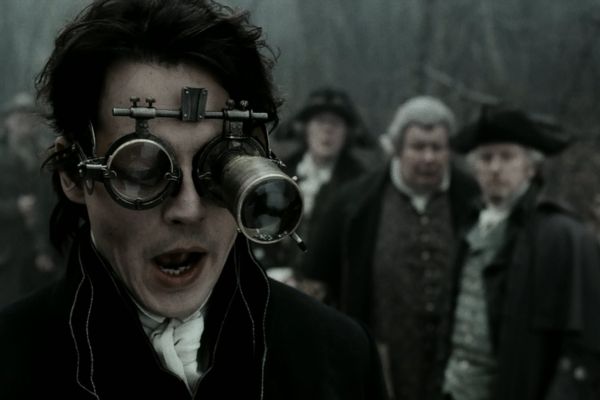
All films are filled with dark, cold tones. It looks like it is always night or dusk, with no sun in the sky. At the same time, we see white makeup and feel that the main character is probably dead.
For most viewers, the eccentricity of Burton’s characters will be to their liking Sleepy Hollow, Sweeney Todd the Demon Barber of Fleet, Edward Scissorhands, Batman Returns, StreetCharlie and the Chocolate Factory

Paolo Sorrentino.
If you watch a colorful movie with many fashion items, it is Paolo Sorrentino.
I think Sorrentino draws shots like a real artist. He gave the world such films as The Great Beauty, Youth, and his sarcastic religious epic The Young Pope and The New Pope. Each scene is unique! And all because he treats art with particular scrupulousness, trying to weave it into the plot.
If you watch the series The Young Pope and The New Pope, you will notice how many paintings and sculptures are in them. With their help, Sorrentino masterfully plays with Christian motifs and combines them with contemporary art. So, in the intro to The Young Pope, Jude Law walks past nine paintings. Sorrentino intended this scene as a crash course in the history of Catholicism.
Wonderful music! Paolo Sorrentino has exquisite musical taste; he chooses various music for his films. Its genre range is striking – from brisk techno of rampant social life in full swing to minor string strumming and orchestral compositions that serve as a background to the characters’ intimate conversations.
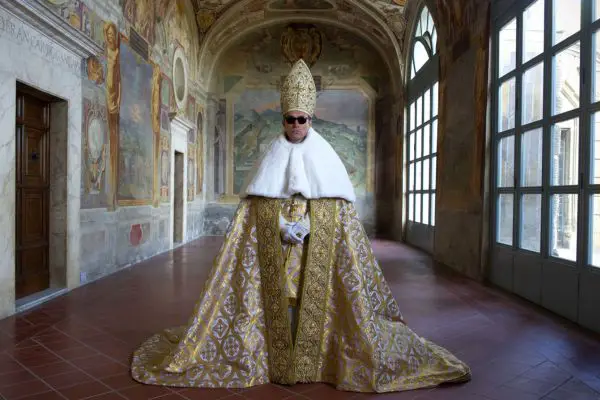
As I already mentioned, Paolo Sorrentino is known for the fact that the heroes of his films choose exclusively branded items: clothes from Armani, shoes from Christian Louboutin, and tracksuits from La Perla, etc.
Most of all branded items were in The Young Pope. Jude Law’s character, Pius XIII, appeared on screen wearing red velvet shoes several times. Especially for the series, two pairs of shoes were created – Swarovski put the hand on the first, embroidered the shoes with gold thread and silver, and Christian Louboutin on the second.
Paolo Sorrentino himself is from Naples, so he dresses all his heroes according to the laws of this region. In The Great Beauty, Jep Gambardella appears exclusively in flashy suits—and often, the color of the jacket doesn’t match the color of the trousers. It is purely Neapolitan style.
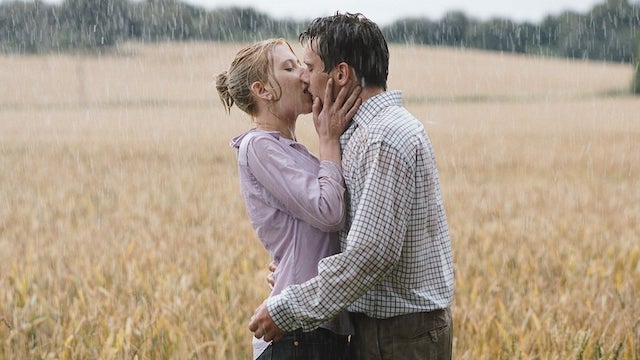
Woody Allen.
The credits can even recognize Woody Allen. Starting with Annie Hall’s film, Allen uses the same standard titles in every movie he makes – white Windsor font on a black background. He also loves to alphabetize actors, regardless of their star status.
Rain is Woody Allen’s faithful assistant. Indeed, the director manages to increase the degree of frankness and intimacy in rainy scenes. A striking example is the scene of betrayal in Match Point.
Psychoanalysts are frequent guests in the films of this director. Allen’s psychoanalyst is most often a satirical character, showing his uselessness. He sits silently and listens to the patient, and at the most exciting moment, he says: the time of our session has expired, and you have to pay a thousand dollars.

Mia Farrow appears in 13 Woody Allen films. Moreover, these roles were written primarily for her—still, husband and wife, a creatively fruitful couple. We also note that Woody Allen himself often starred in his films.
Plus, I can guarantee you will hear the director’s favorite jazz, always different in pace, style, or mood. Woody Allen often uses old jazz recordings as soundtracks or dedicates his films to music.
I recommend watching A Rainy Day in New York, To Rome With Love, Match Point, Midnight in Paris, September.
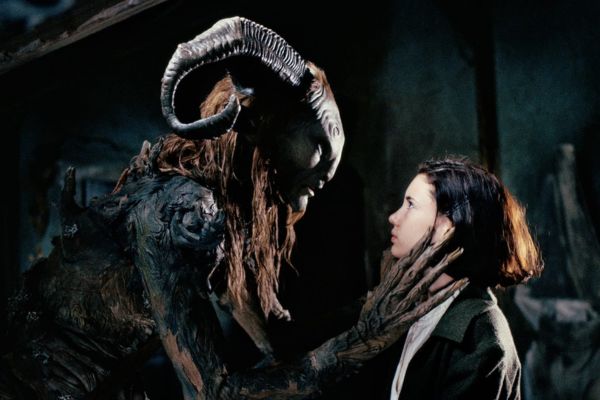
Guillermo del Toro.
You will love del Toro if you love monsters! Guillermo del Toro is one of the most original directors and another storyteller.
His monsters are unique – remember the bestiary of Pan’s Labyrinth. With the naked eye, you can see who created the mad scientists, the ancient elves, and the hero from hell himself.
The director lives on the territory of the fantastic, whether it is the magical atmosphere of the Oscar-winning The Shape of Water, the fairy-tale world of Pan’s Labyrinth, or Pacific Rim. His films are beautiful!

Guillermo del Toro is a gloomy artist who also explores the dark side of reality. He does not bypass the war – moreover, not a fantastic one, but a real one. The director dedicated two films to the Spanish Civil War – The Devil’s Backbone and Pan’s Labyrinth. Del Toro’s children grow up early, faced with injustice, grief, and death. It cannot but affect their inner world. The melodrama The Shape of Water – takes place against the backdrop of the Cold War.
The Shape of Water, Nightmare Alley, Hellboy, and Pan’s Labyrinth are worth watching.

Michael Bay.
If you see a skyscraper with a meteorite falling on it and helicopters circling around, this is a Michael Bay tape! This director is Hollywood’s main fuse. And his movies are great for relaxing after the auteur cinema.
Bay’s loud, large-scale, exemplary “blockbuster” films are akin to a crazy attraction, from which you either get such pleasure that it takes your breath away or a dull headache. Bay loves grandiose spectacles and knows a lot about them.

His camera slides, soars, rushes and falls along with the heroes. In addition to explosions, you will see incredible panoramas of cities and many dogs. Michael Bay is an avid dog lover. A whole pack of mastiffs lives in his country house, whose names are given by the names of transformers. As befits beloved family members, Bay’s dogs often appear in the frame of the tapes he shoots.
Michael Bay’s passion for cars is so well known that it’s simply impossible to imagine how the director can make a film, for example, about the Middle Ages or Ancient Egypt. How is he without cars? By the way, those who wish can calculate which franchise more cars are involved – in the Fast and the Furious or Transformers. I would bet on Bay.
Movies worth watching are Ambulance, The Rock, Transformers, Bad Boys. Pearl Harbor, Teenage Mutant Ninja Turtles, 2014
ALSO READ
The Smell And Flavor In Cinema.
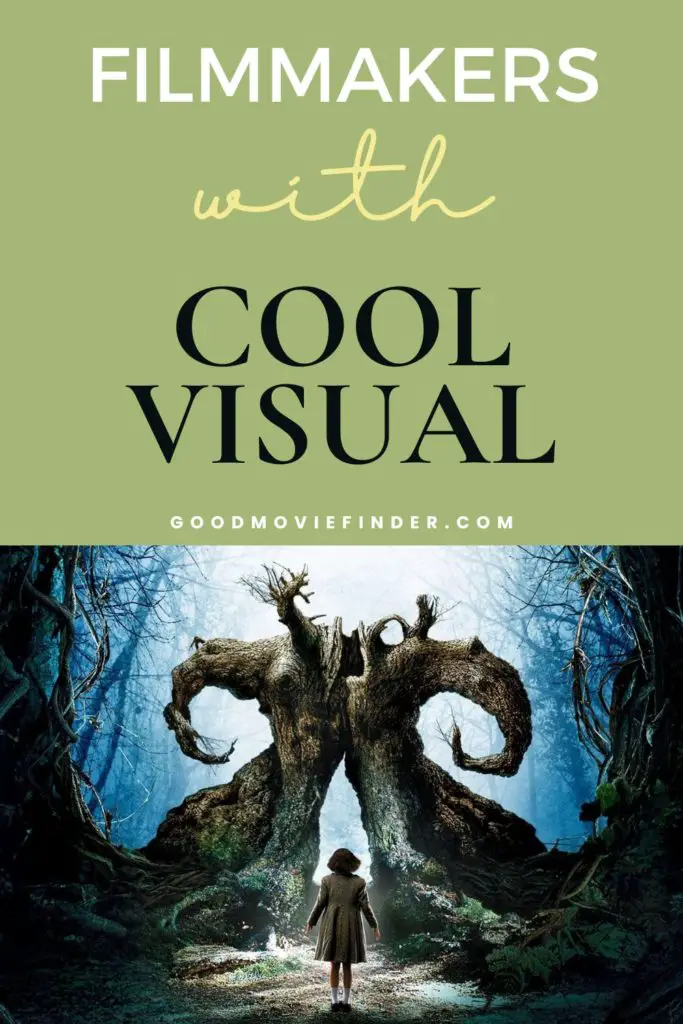
Final words.
I hope you find my list of 15 directors with distinct styles practical. You must have noticed that almost all these filmmakers shoot auteur films. I think it will be helpful for you to read my article on what is art cinema.
Please comment on which directors you want me to tell next time. Share this blog post if you enjoyed it. I would appreciate it!


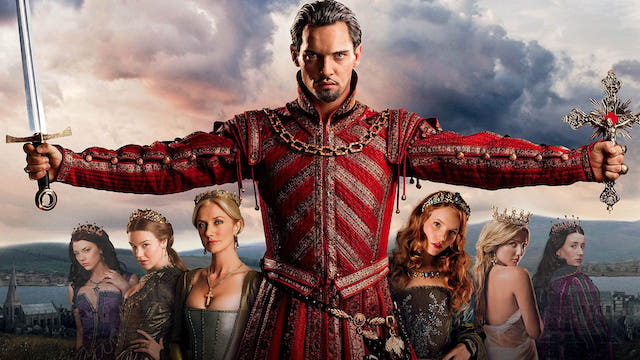
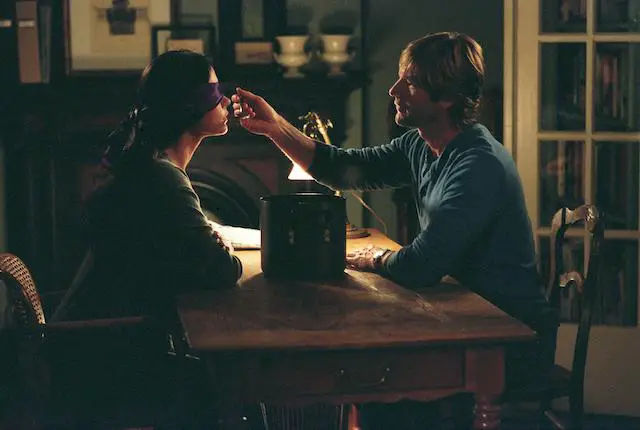


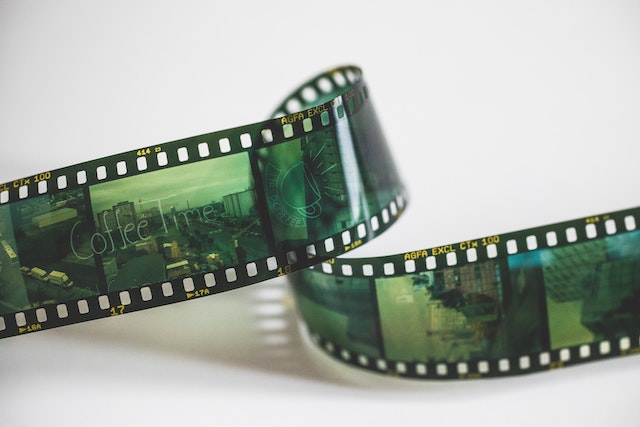
Definitely Wes Anderson! I’m so excited for his new movie to come out. It looks so great.
I completely agree with you! Michael Bay’s movies are the perfect way to unwind and enjoy a thrilling spectacle. His signature style of grandiose spectacles, incredible camera work, and explosive action scenes never fail to keep me on the edge of my seat. It’s also great to hear that he’s an avid dog lover and incorporates his beloved pets into his films. His passion for cars is truly impressive, and I can’t imagine how he would make a film without them. Overall, I would definitely recommend checking out some of his best works, such as Ambulance, The Rock, Transformers, Bad Boys, Pearl Harbor, and Teenage Mutant Ninja Turtles.
I love so many of these directors. Namely Tim Burton, Wes Anderson and Stanley Kubrick! Anything they create, I’m front and center to watch it.
What a list! You can definitely notice the style of such directors, especially Speilberg, Torrentino, and Burton. Their distinct style, casting, and theme are quite unique.
There really are so many directors that have unmistakable film styles. I’ve heard a lot about Wes Anderson recently and he certainly deserves on your list! I also totally agree with Alfred Hitchcock as well as Steven Spielberg!
Steven Spielberg has done done amazing films in his time. I also love Tim Burton. He always seems to have a Gothic vibe which seems to work really well in everything that he directs.
Hey there!
I had a blast going through your article on “15 Directors With Distinct Styles.” It was a captivating read that perfectly showcased the unique visions of these talented filmmakers. The descriptions and examples you provided truly brought their styles to life. I thoroughly enjoyed exploring their diverse approaches to storytelling. Keep up the fantastic work!
I am familiar with about 2/3 of these directors, but I can’t wait to check out the rest. I really appreciate your thoughts and insights!
Tarantino really does make you empathize with the characters. Never thought of that until you said it.
Wes Anderson! I’ve been loving seeing that trend popping up around social media recently. I’ve never actually seen any of his films and your post has convinced me I need to.
So many great directors on this list! I’m a big fan of Steven Spielberg and Tim Burton.
You are so right! There are so many films you could guess the directors just by the vibe and actors in the movie. Martin Scorsese and Tim Burton both are totally known for this!
All such genius directors! I love Quentin Tarantino and Alfred Hitchcock movies, the Birds hands down is my fave!
I love the in-depth information you’ve given in this post about the different filmmaking style that each one of the popular directors use in their films. Steven Spielberg is definitely one of my favorite directors and his films are so interesting to watch in my opinion. Thanks for the awesome resource!
I love this post! It’s so fun seeing all the distinct styles of different directors and learning more about them. I hadn’t realized all the intentional decisions directors make to get a particular look or feel. Thank you for sharing!
Very interesting post on the different directors. I never thought about the distinct styles that directors have before. I’ll have to pay attention to that from now on when I watch movies. Great post!
Cool post about the various directors! I hadn’t really considered how unique each director’s style is. Guess I’ll start noticing that more in movies. Awesome read!
This is interesting, first time to know about some of these directors. Thank you for sharing!